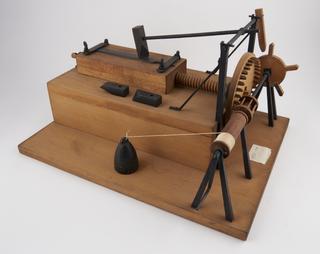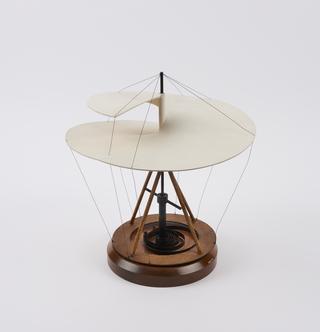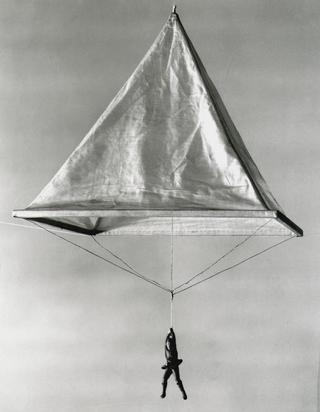
Leonardo Da Vinci 1452 - 1519
- occupation:
- Architect, Draughtsman, Engineer, Inventor, Painter, Polymath, Sculptor
- Nationality:
- Italian
- born in:
- Firenze, Tuscany, Italy
One of the most famous figures of the Renaissance, Leonardo da Vinci fused artistic and scientific visions. He was the illegitimate son of a public notary, and a woman of whom little is known except her name, Caterina. He worked throughout Italy, including Florence, Venice and Milan. In his lifetime, da Vinci was known as a painter, sculptor, architect, musician, engineer and cartographer. His most famous works include the Mona Lisa and The Last Supper. His observations, experiments and inventions were pulled together in almost 2500 drawings recording his ideas.
In his lifetime, da Vinci's anatomical work was less celebrated than his art. This is probably only because his anatomical notebooks were not published during his lifetime. What is known about his research today is contained in drawings and notes found in the library at Windsor Castle.
Da Vinci seems to have had an ongoing interest in anatomy. Following the Renaissance tradition, he was encouraged by his teacher Andrea del Verrocchio to learn anatomy as part of his artistic training. He performed over 30 dissections himself, which probably accounts for the high level of anatomical accuracy found in his drawings. From 1510 to 1511 he collaborated with a doctor, Marcantonio della Torre, on a theoretical work on anatomy for which he made more than 200 drawings.






